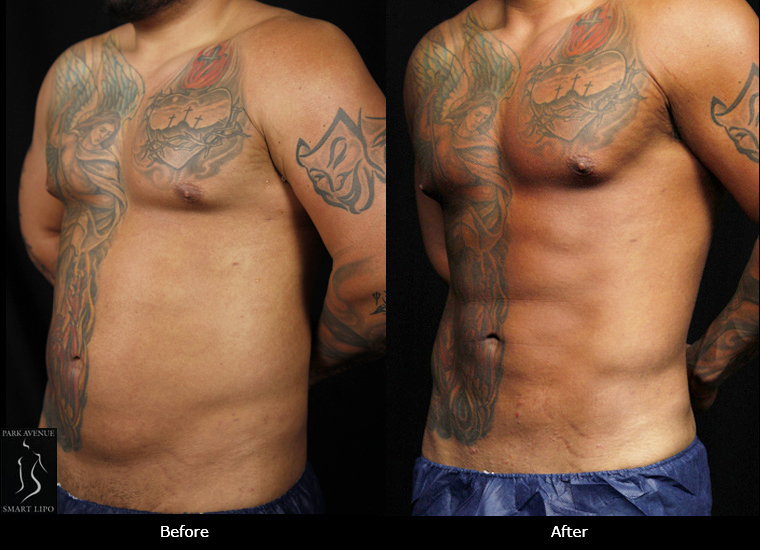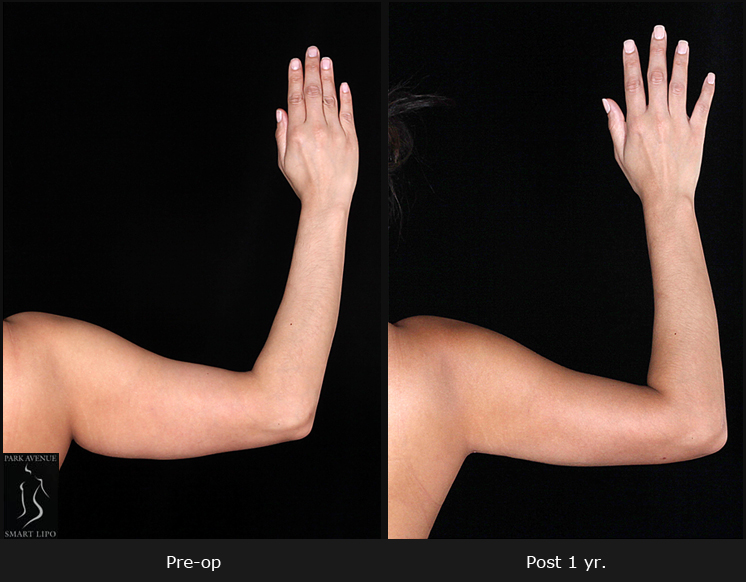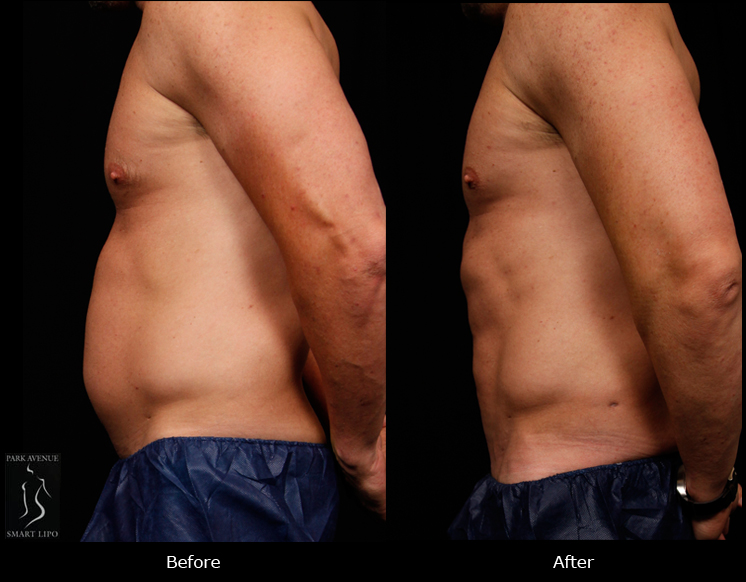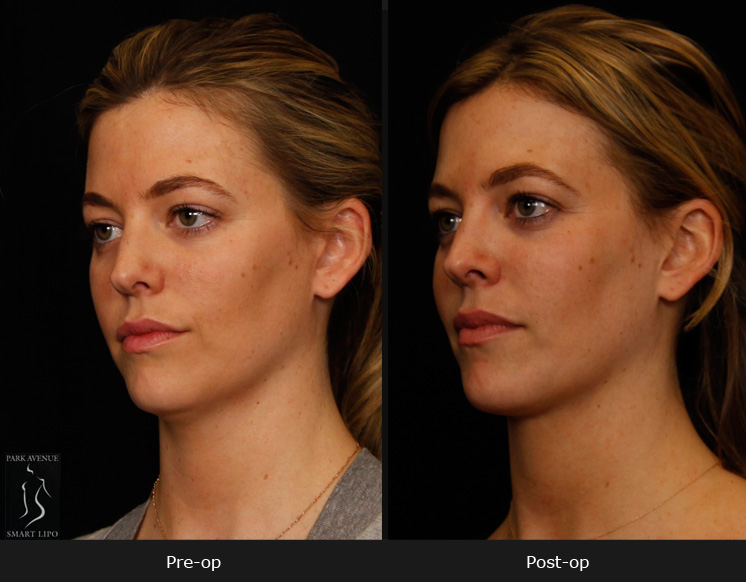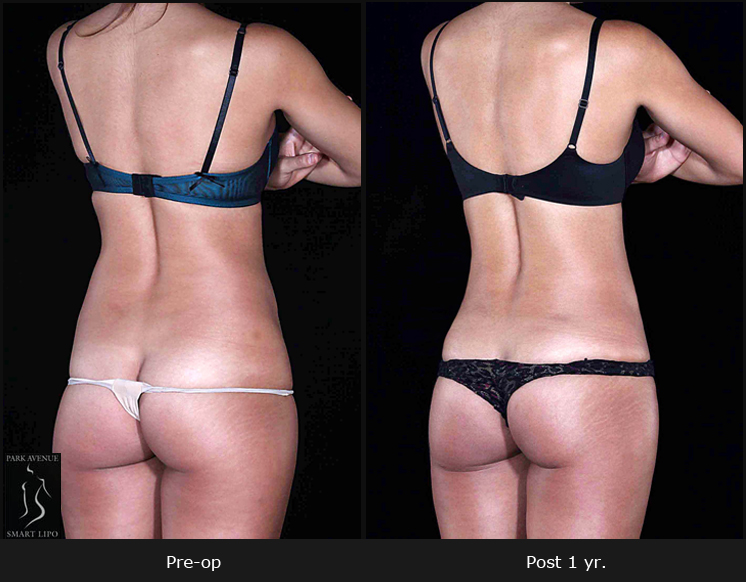One of the most popular plastic surgery procedures, liposuction ranked second in the list of the 5 most popular procedures in both 2016 and 2017, according to the American Society of Plastic Surgeons (ASPS). Liposuction in New York City is the gold standard for removing stubborn, unwanted fat pockets. The popularity of the procedure continues to soar due to the availability of advanced minimally-invasive and noninvasive techniques. However, sometimes, even after detailed planning, a liposuction surgery might not provide the desired result. If this happens, the plastic surgeon may recommend a “retouch” to correct the problem.
Understanding the Purpose of Liposuction Retouch Procedure
Experience surgeons perform carefully, with focus on avoiding complications such as dimpling, rippling, and excessive fat removal in any one area, and to provide a smooth, refined result. The areas to be treated are marked before the operation and a decision is made about the amount of fat to be removed. After the procedure, some swelling may start to appear which generally will subside soon. However, fat removal can sometimes cause swelling to persist, which may affect the final results. Even with the best planning and execution, there may be areas that do not respond completely as expected. This is when a retouch would come in useful. The only way to do a retouch is with more liposuction. Minimally-invasive Smartlipo laser liposuction is a good way to do a touch-up if there are only small areas to treat. Additional liposuction can be performed in the office under local anesthesia.
Smart Lipo laser liposuction is a cosmetic surgical procedure for those who want a shapely body, but cannot get rid of excess fat despite rigorous dieting and exercise. It is not substitute for weight loss. Laser-assisted liposuction uses high-intensity laser energy to liquefy fat which allows them to be easily removed. As the cannula with the laser fiber is a very small one, it needs only a small incision to insert. This makes the procedure a minimally invasive one. After emulsification, the fat deposits are gently removed via the cannula. Limited volumes can be removed safely in this manner, and when all swelling has resolved over a few months, the result will be truly final.
Liposuction revision encompasses several surgical procedures to correct irregularities or undesirable results from a previous liposuction procedure. No matter how experienced your surgeon is at performing these procedures, it’s possible that your body did not respond to the planned treatment. A touch-up session would be similar to the initial surgery, but typically less extensive. However, a revision procedure can be painful if there is an abundance of scar tissue. To address this concern when operating a second time, the surgeon will use more laser energy to break down the fat to a greater extent than the first time. Liquefying the fat results even further will result in less pain, making it easier to remove.
When to Consider Revision Liposuction for Optimal Results
You can see the final results of the treatment only about six months after the initial liposuction procedure. A revision liposuction should be considered only after that. That would be the right time for you to consult a good surgeon to talk about the flaws observed and the improvement you need. Only a qualified liposuction surgeon with an excellent know-how of the wounding process can perform revision liposuction successfully. Compared to primary liposuction procedures, revision liposuction procedures are more challenging because they require a more aesthetic eye to correct the contour irregularities of the primary lipo.
If you are considering liposuction in New York City or a re-touch, choose an AAAASF-accredited plastic surgery facility that has skilled plastic surgeons. This is important for safe and effective treatment and dedicated after-care.

